WineCollective is a Canadian subscription-based wine service that delivers curated selections of wines to customers' doorsteps. The company focuses on providing a personalized and educational wine experience, catering to both novice and experienced wine enthusiasts. With a strong emphasis on quality, variety, and customer satisfaction, WineCollective aims to make discovering and enjoying wine an accessible and enjoyable journey for all.
Previous WineCollective site
Overview: The subscription wine company aimed to enhance its website to provide more clarity on offerings, attract new customers, and increase subscribers and gifts. As the UX designer and art director for photography, I led the redesign project to achieve these goals.
Role: UX Designer
Date: July 2020 - September 2020
Challenges Our primary challenges included a limited budget and development possibilities due to constraints with the hosting service. Despite these challenges, we were committed to delivering a successful redesign that would meet the company's objectives.
Design Goals Our goals for the redesign were to provide more clarity on the offerings, attract new customers, and update the design and experience to stay current. The main goal was to increase subscribers and gifts, aligning with the company's overall objectives.
Research and Analysis: We conducted comprehensive user research using Canada Post surveys, direct surveys with existing customers, and analytics tools such as Google Analytics and Crazy Egg. This research provided valuable insights into our target audience of 30-65 year olds with disposable income, focusing on experiences and increasing their knowledge and enjoyment of wine. We discovered that our audience often felt overwhelmed in traditional liquor stores and sought a curated experience.
Design Process We began with user research, understanding our current audience, and moving into wireframes. From there, we created low fidelity mock-ups, aligned with the creative director and key stakeholders, then moved into high fidelity mock-ups. We focused on clear, concise language and images, aiming to create a more unified look and feel. We redesigned the website to include storytelling and flow on each page, ensuring a smooth user experience. Additionally, we darkened colours and changed the design to appeal to our core demographic.
Key Design Decisions Our design decisions were guided by user research and analysis. We ensured that typography met size standards, had high contrast, and met AA accessibility standards. We also focused on clear design and navigation, avoiding malicious design practices.
Implementation and Testing The redesigned website was implemented based on our design decisions. We conducted usability testing using Crazy Egg for heat maps and A/B testing. The results showed improvements in SEO, user satisfaction, and other key metrics. The website was significantly faster to load, and there were fewer rage clicks.
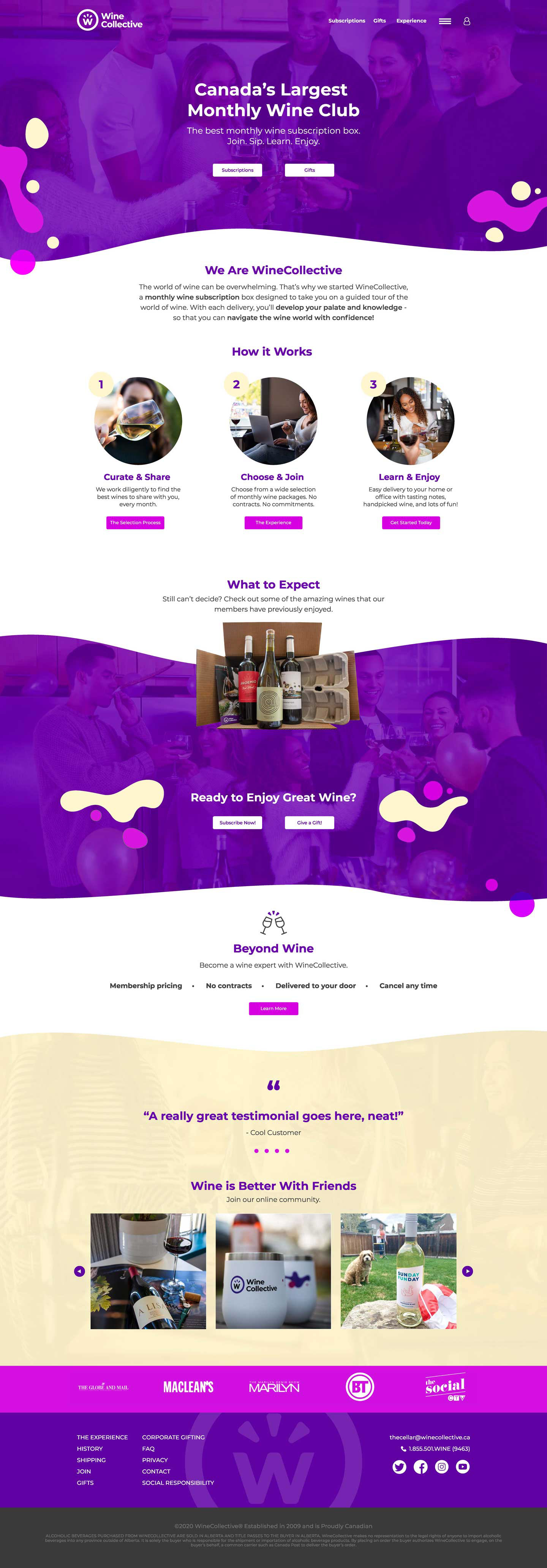
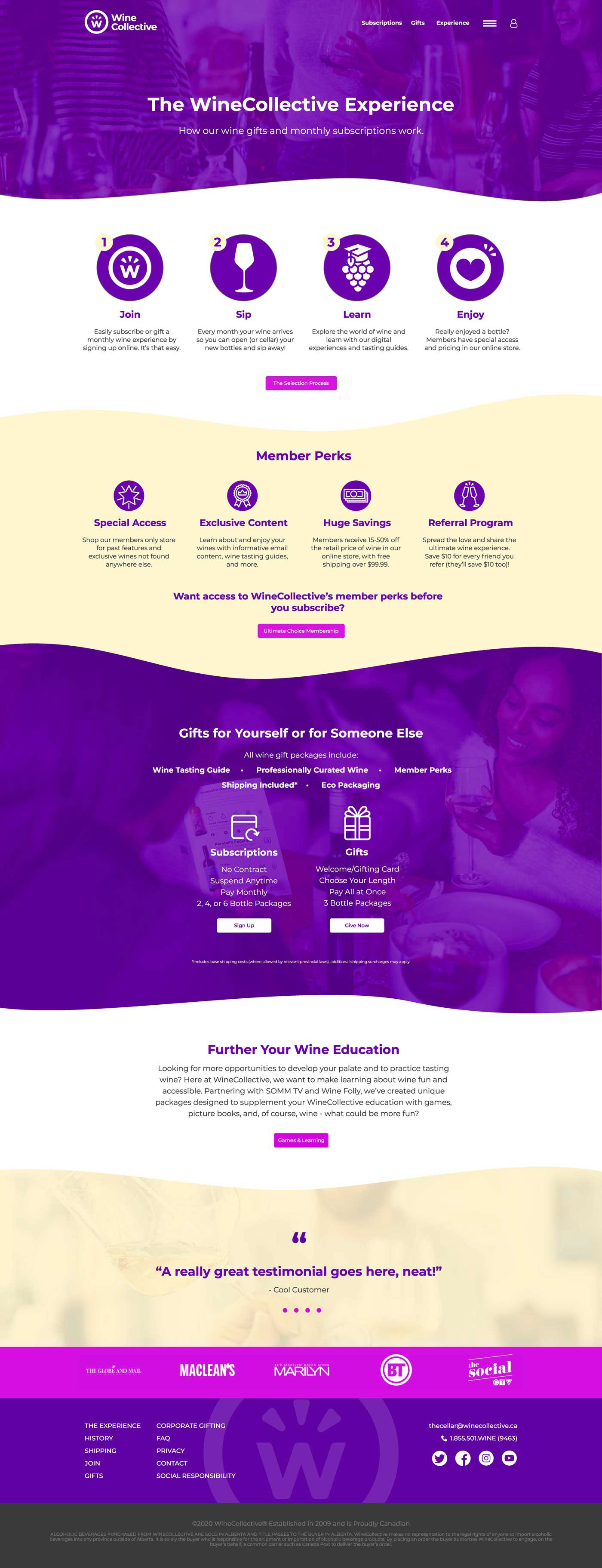
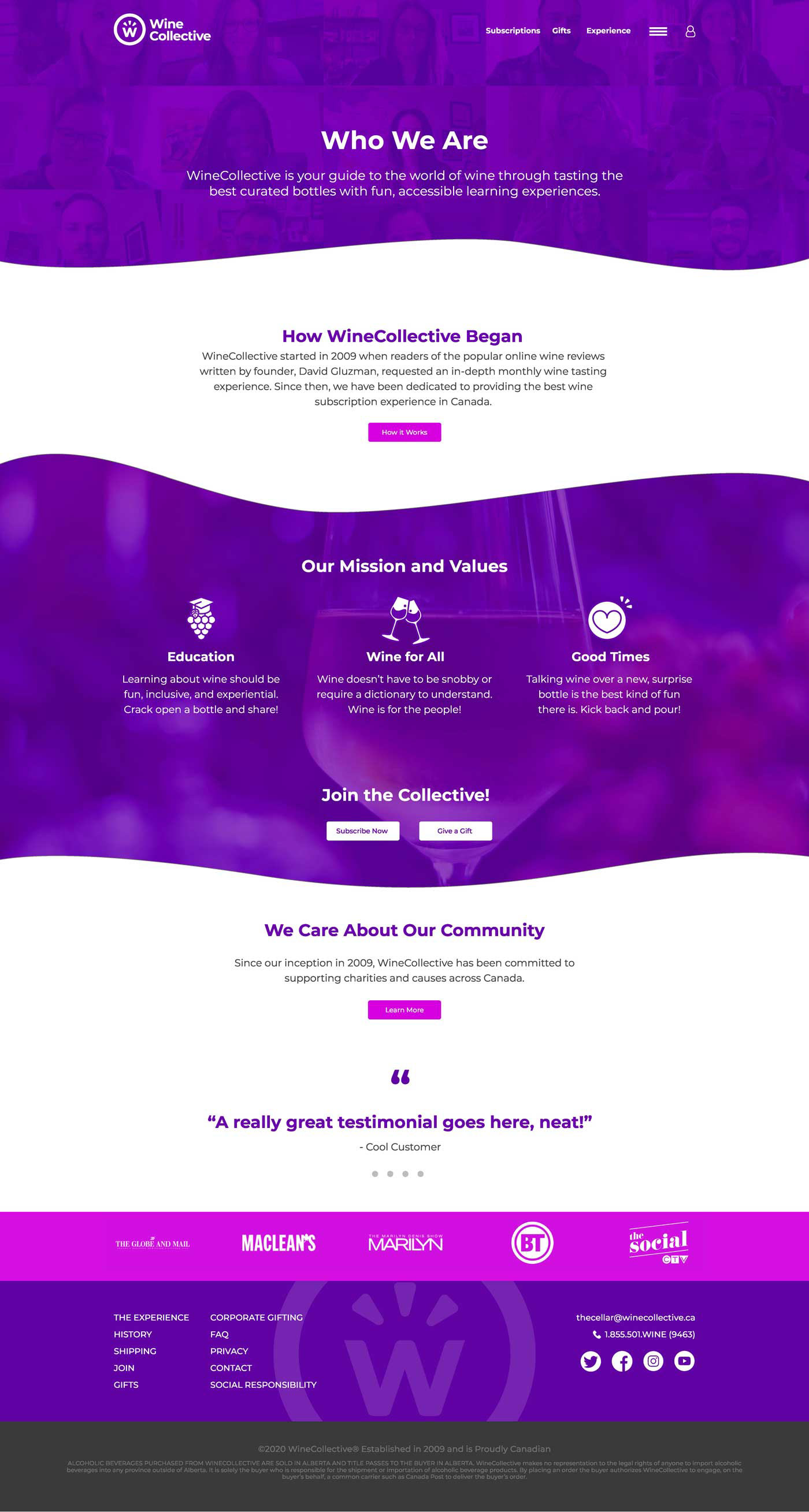
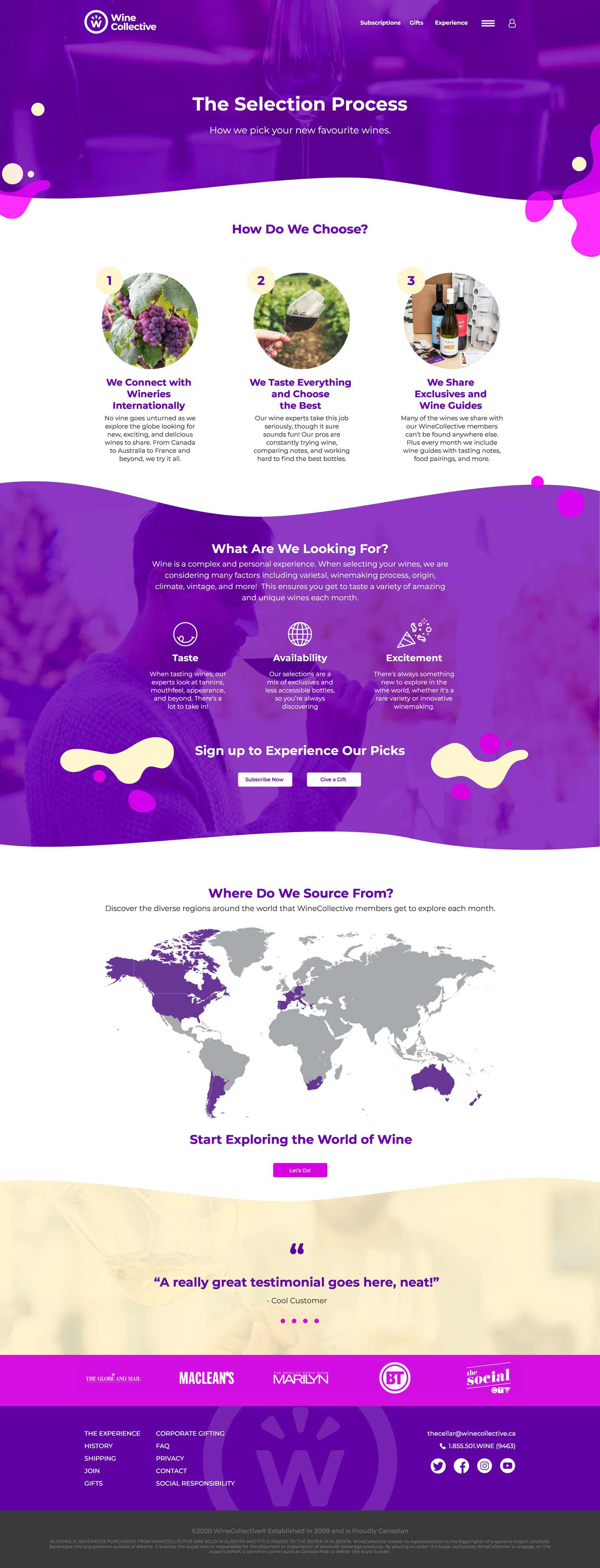


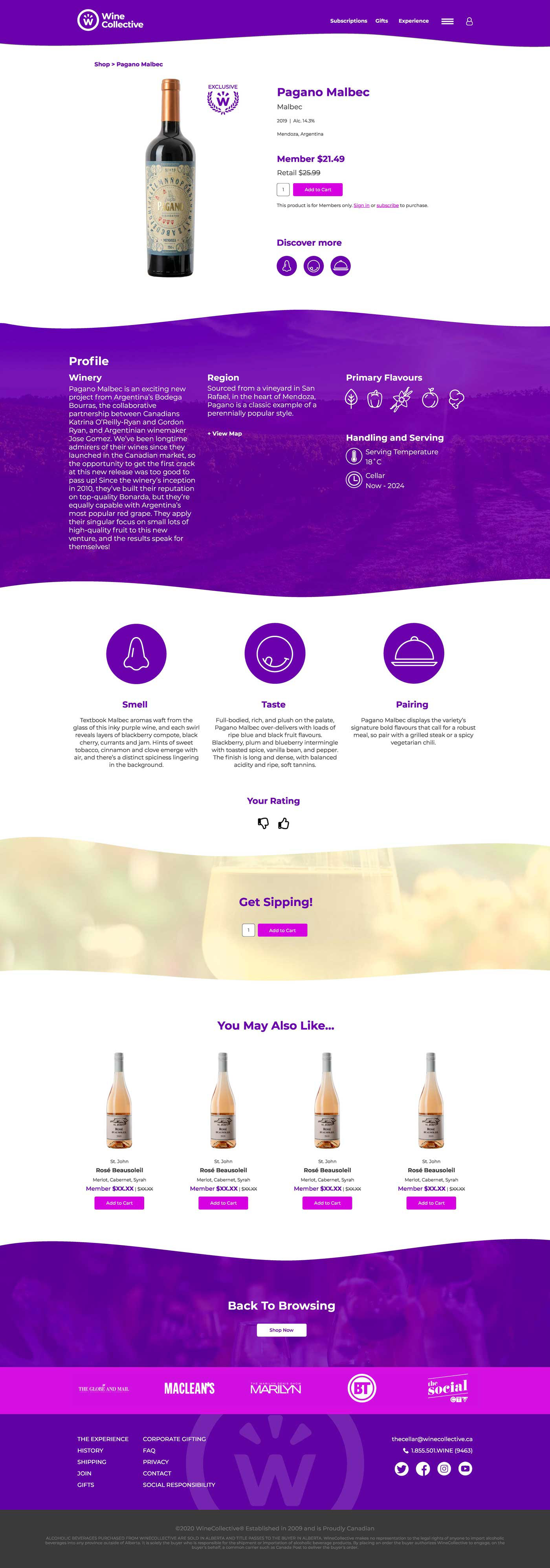
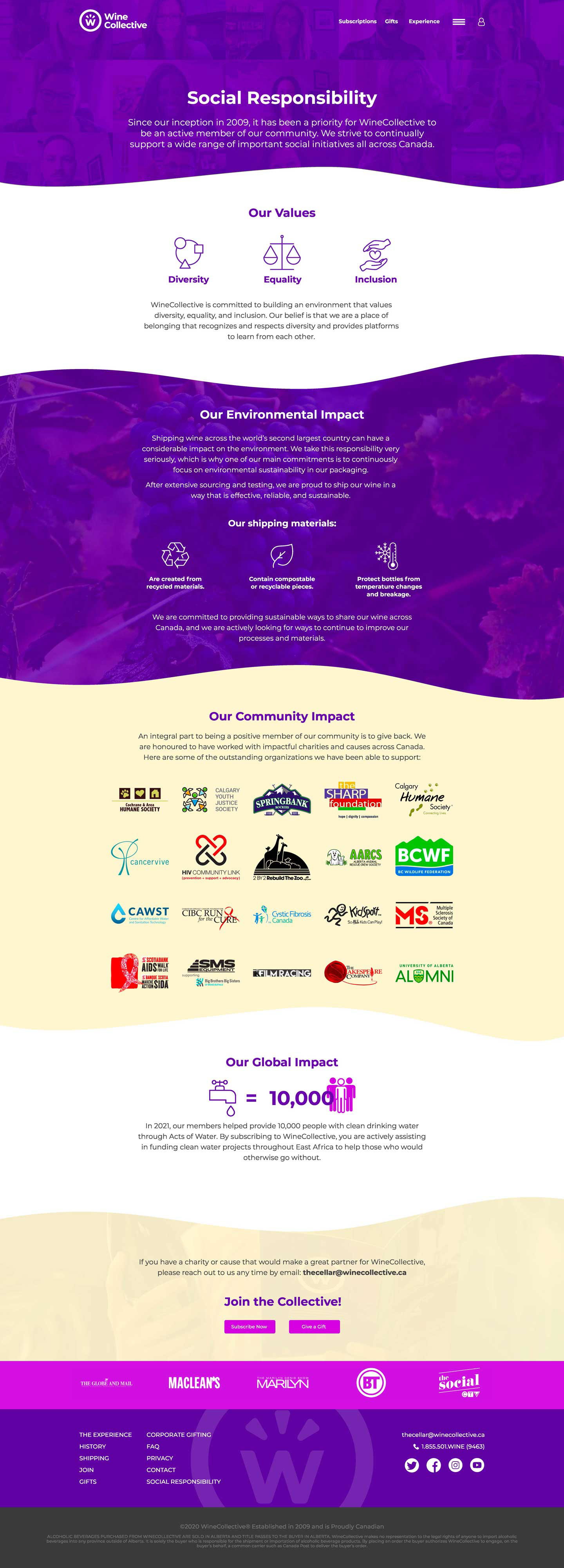
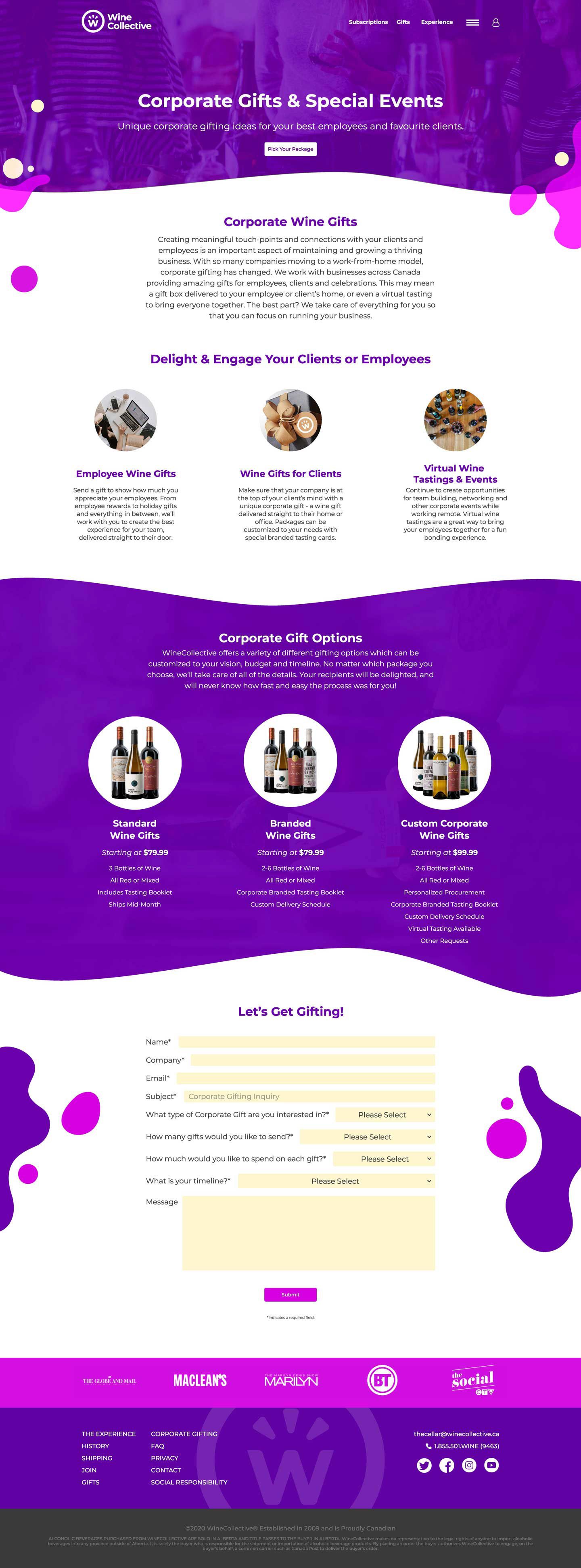
Results The redesign led to tangible results, including increased SEO ranking, time spent on page, click-through rates (CTRs), and successful checkouts. We also saw a minor decrease in rage clicks, time to load, and abandoned carts. Customer satisfaction with the website improved, as evidenced by direct feedback and surveys.
Lessons Learned Through this project, we learned the importance of balancing design goals with budget constraints. We also discovered the value of user research and testing in guiding design decisions and achieving business objectives.
Future Recommendations For future improvements, I would strive for AAA accessibility throughout the website, pairing with an overall brand redesign, and creating a tight design system for easier changes in future projects.
Conclusion The redesign of the subscription wine company website was a success, achieving its goals of providing more clarity on offerings, attracting new customers, and increasing subscribers and gifts. By focusing on user-centred design principles and leveraging insights from user research and testing, we were able to deliver a website that not only met but exceeded the company's expectations.